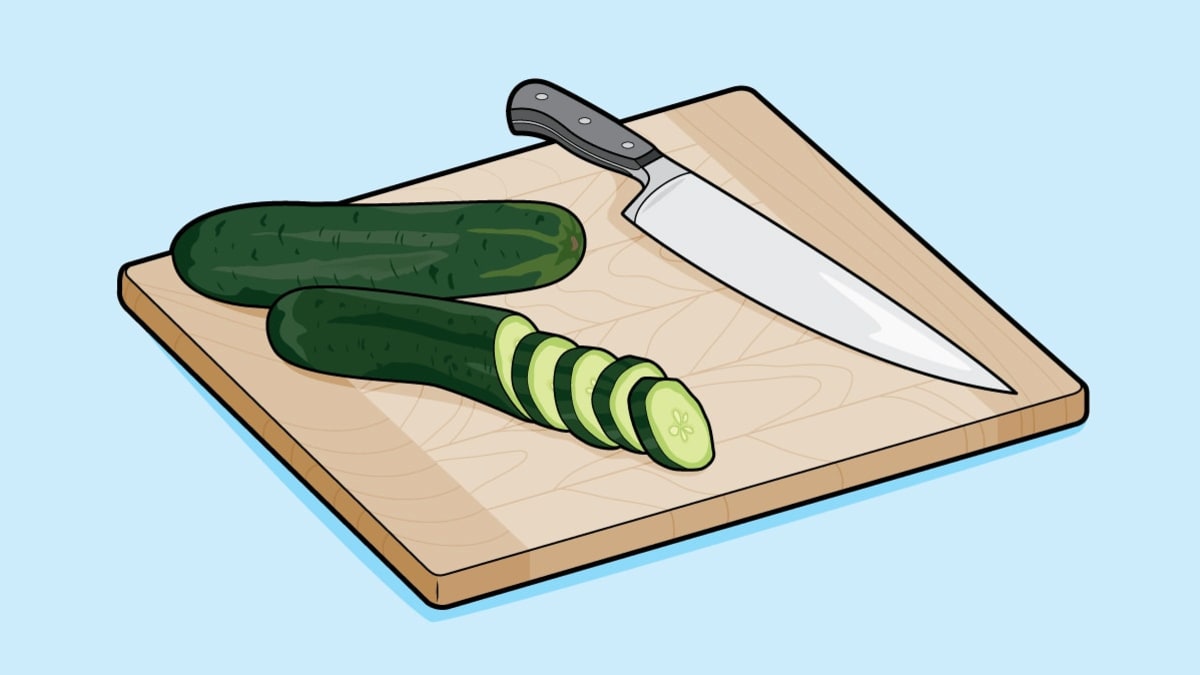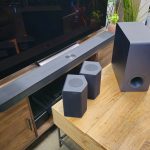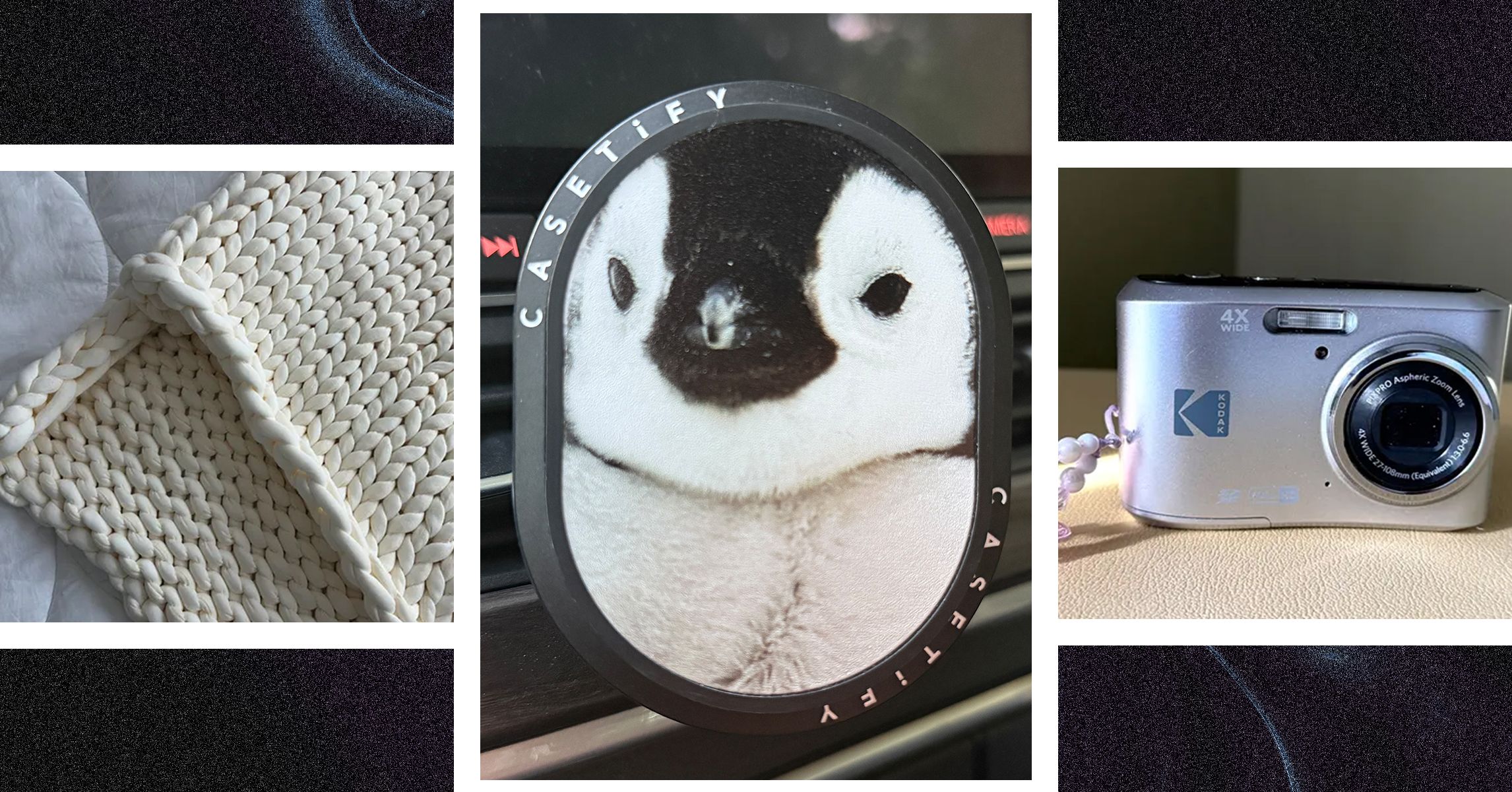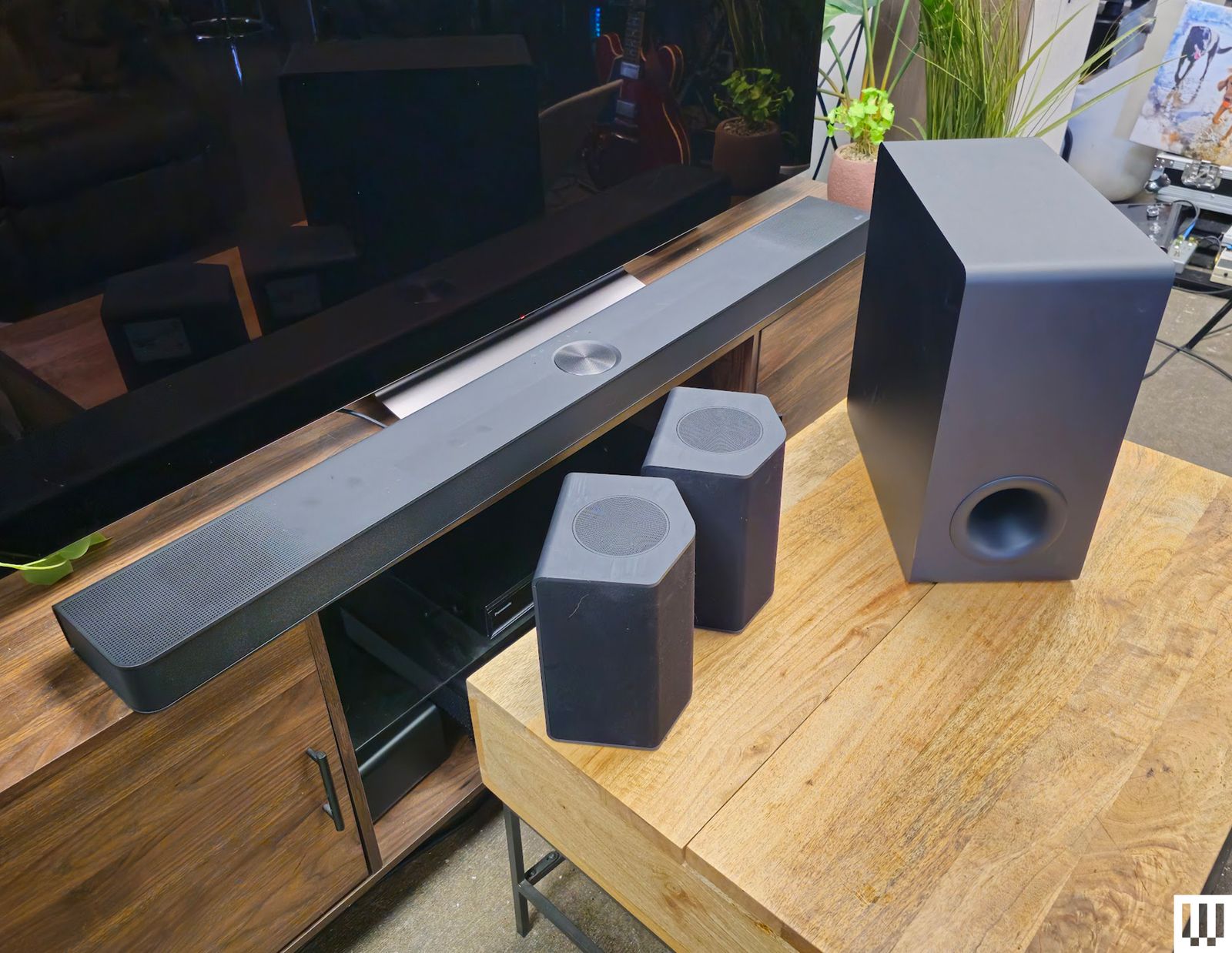
But just because a knife feels dull doesn’t mean it needs to be sharpened. After using a knife for a while, it can often remain essentially sharp but the cutting edge can be ever-so-slightly rolled over. That means it’s time to hone your blade to realign its edge. Honing, which involves running a knife over a honing rod several times on each side at an angle specified by the manufacturer, can often restore a sharp edge. If you’re unfamiliar with honing, rest assured that half the participants in our study either didn’t hone their knives or didn’t know what honing was.
The difference between honing and sharpening is simple. When you cut with a knife, the sharp edge—which is fairly brittle, thin metal—curls in one direction over time. Running the knife on a honing rod—which is usually about 12 inches long—can straighten out the edge, helping the knife cut well again. Sharpening, on the other hand, strips or grinds away the metal edge, forming a new one. You should always try to hone a knife first before sharpening, because sharpening removes a little bit of metal each time, which gradually wears down the size of the blade over time, especially if you use an electric sharpener. If you have a really high-quality knife, you might try a leather strop mounted on a flat board for honing. It’s gentler on the blade and can restore a knife that’s only slightly misaligned to a razor-sharp edge.









